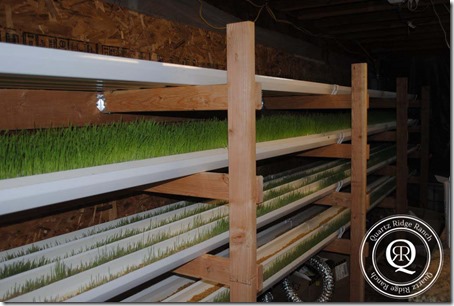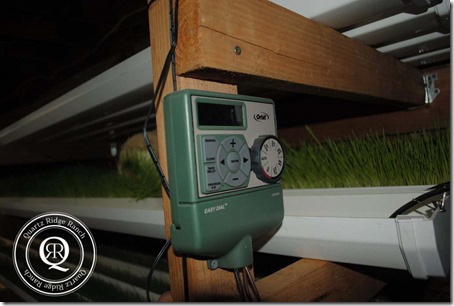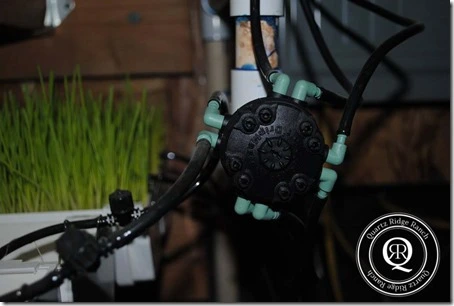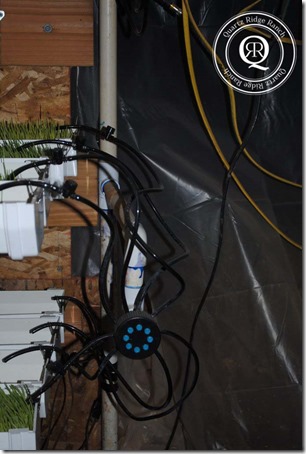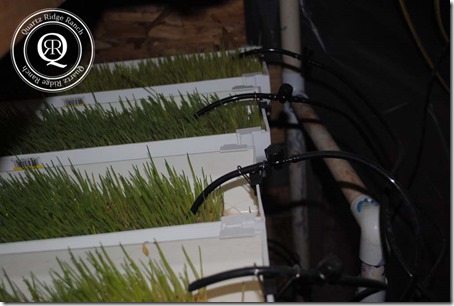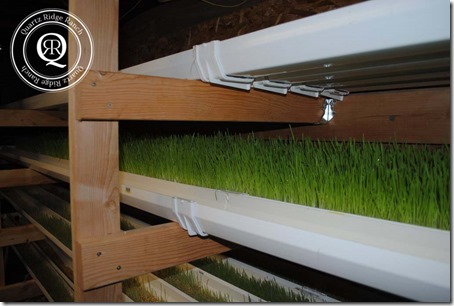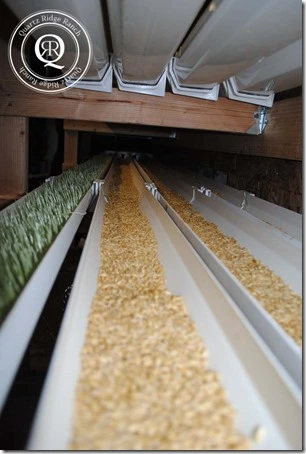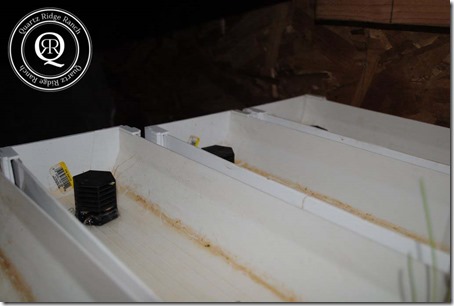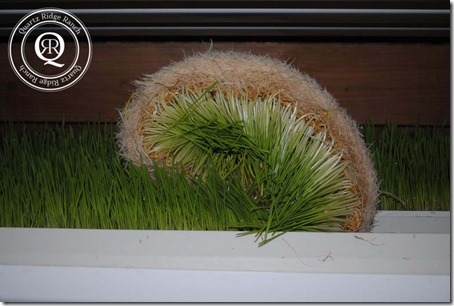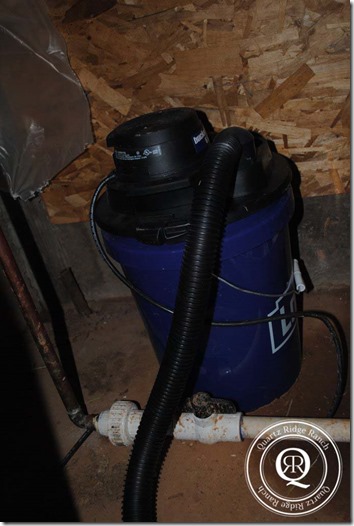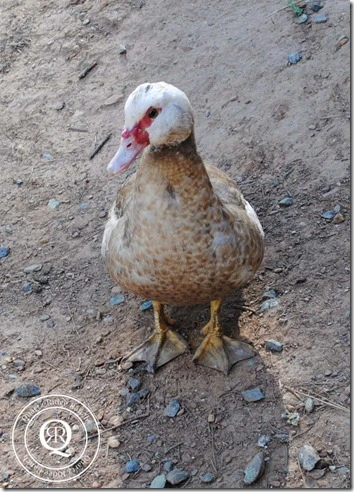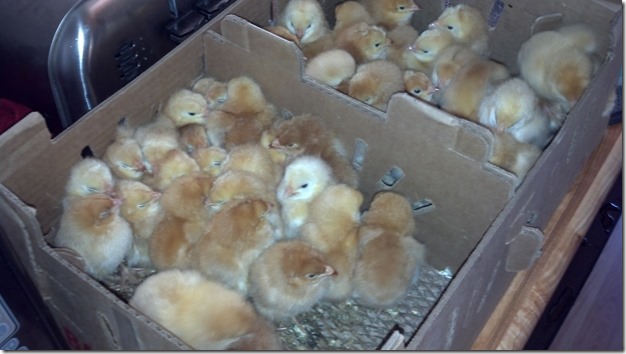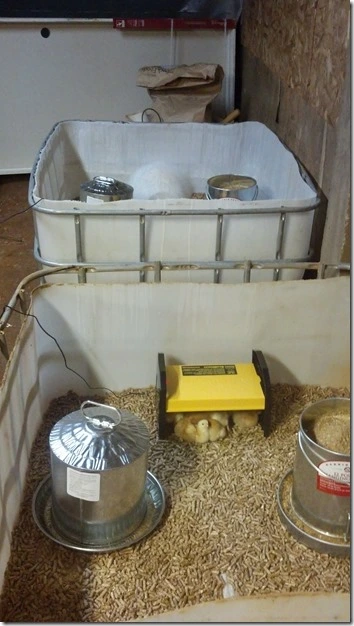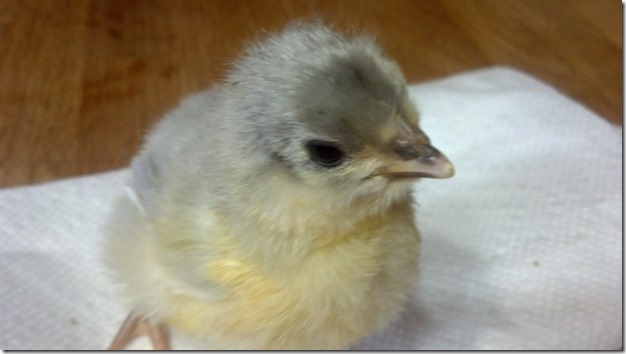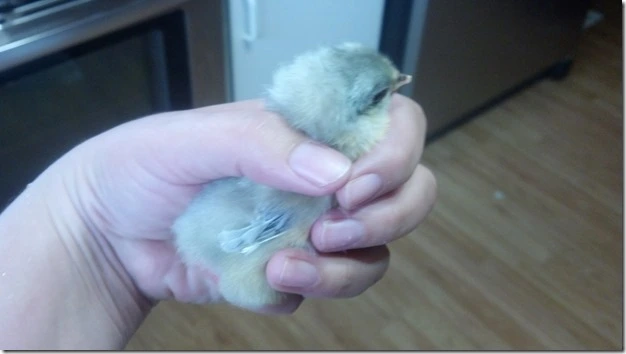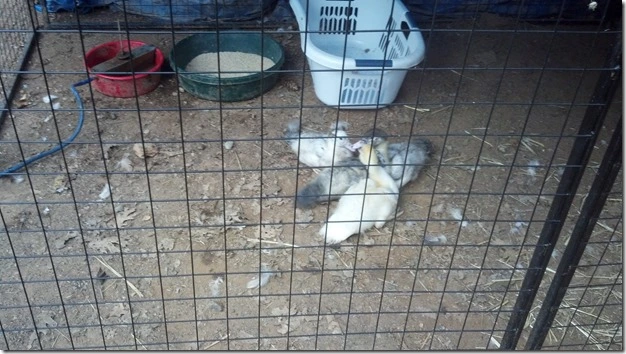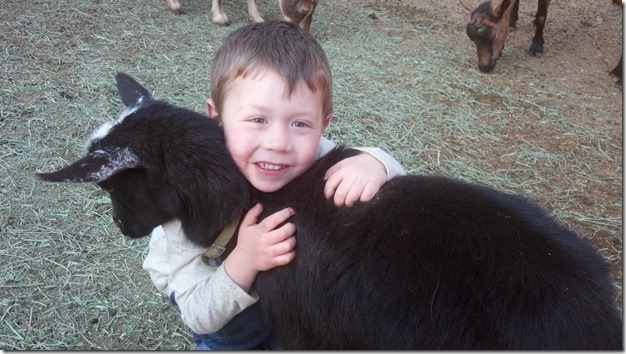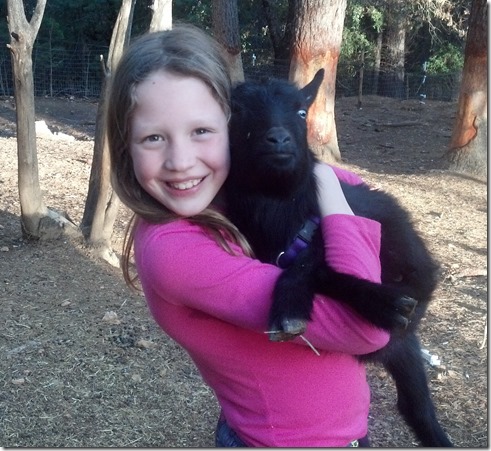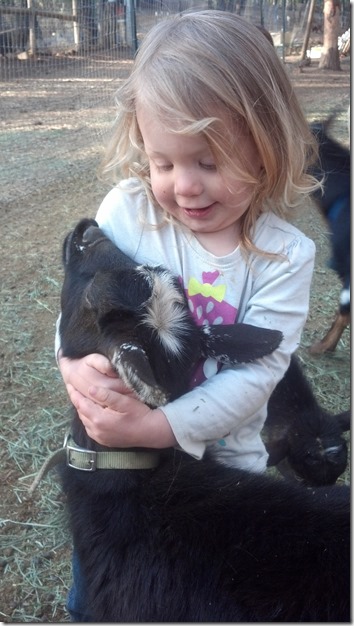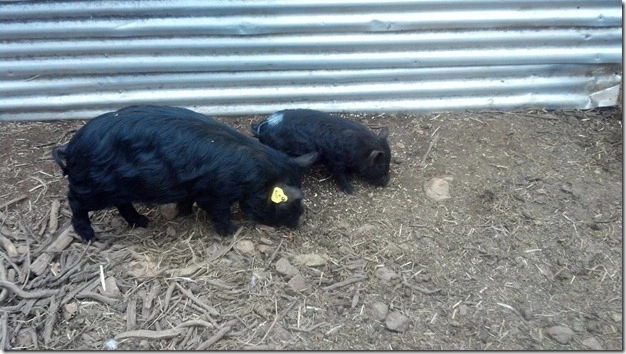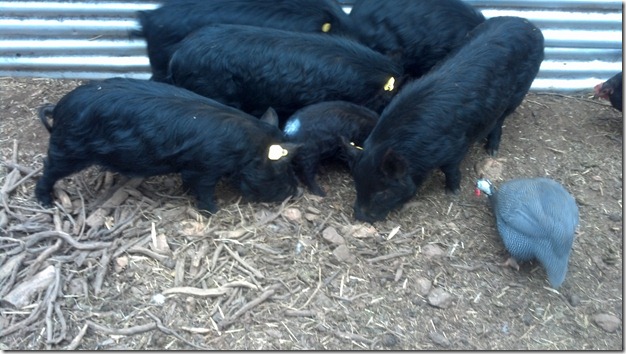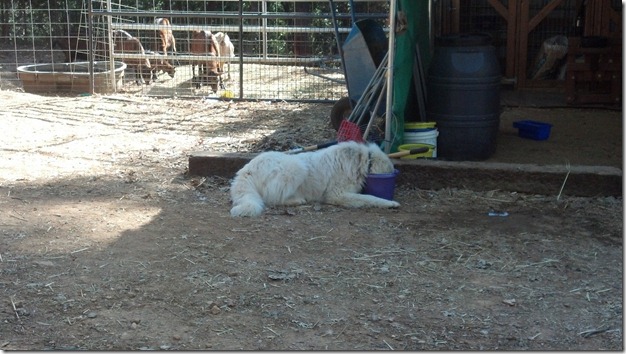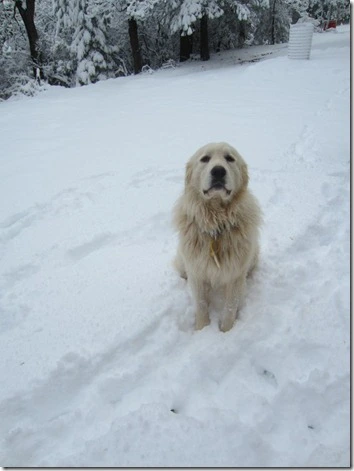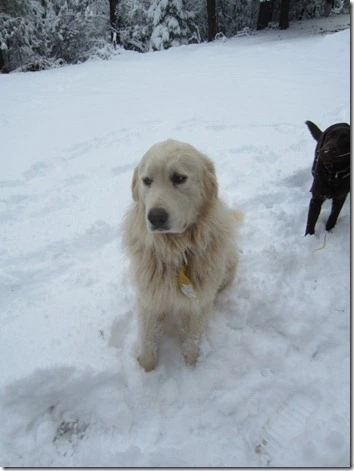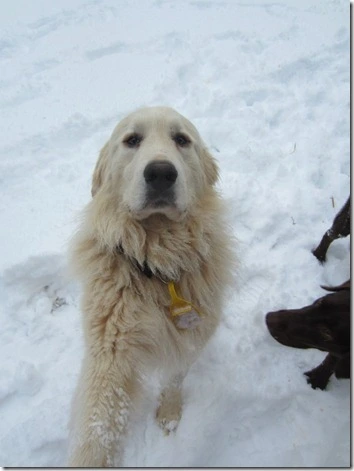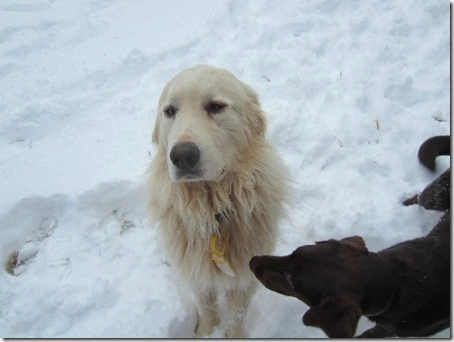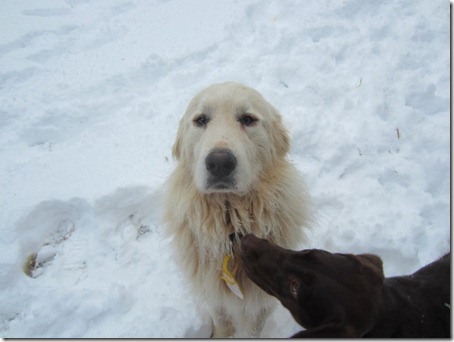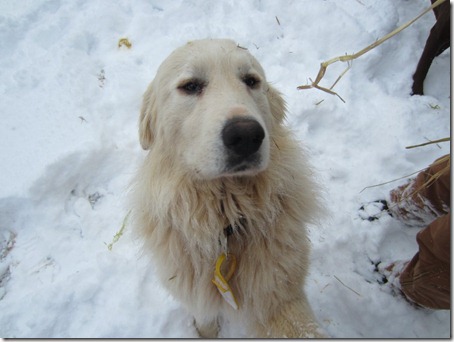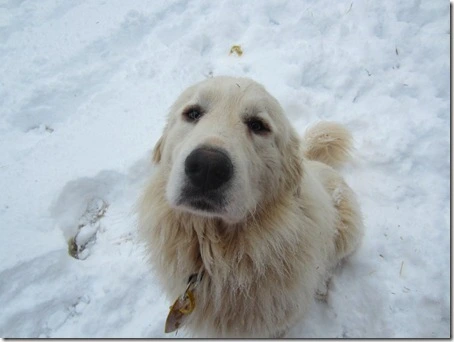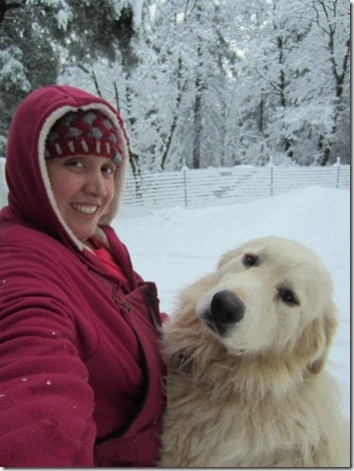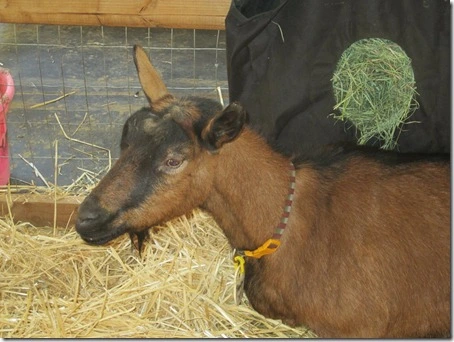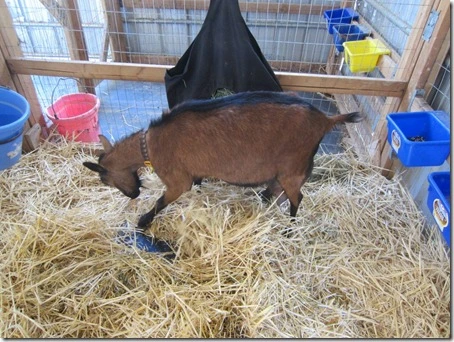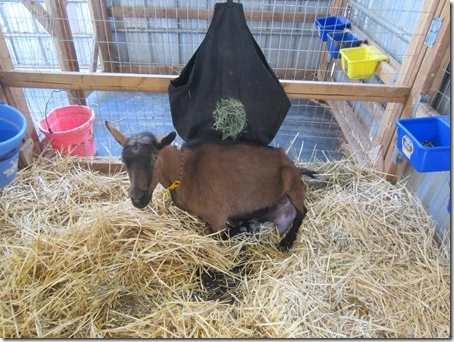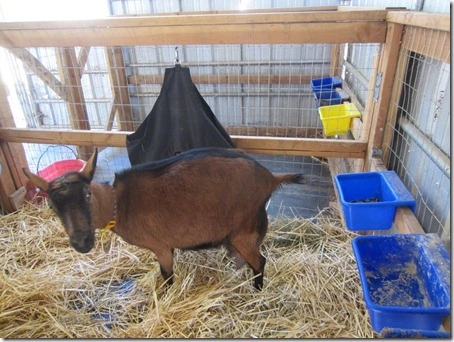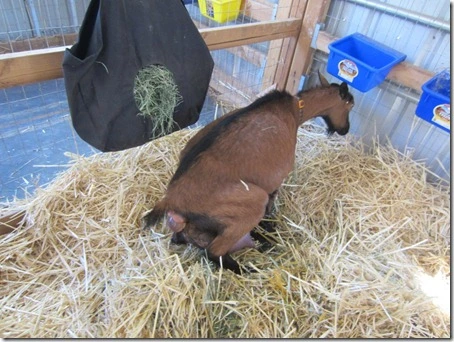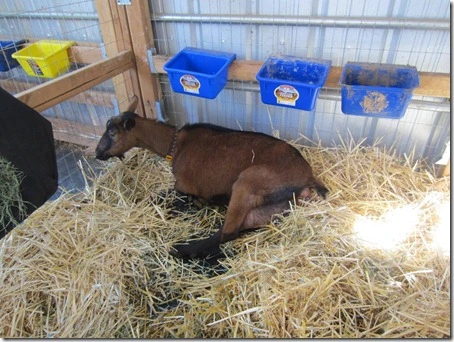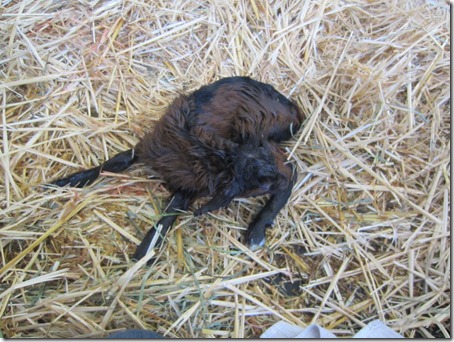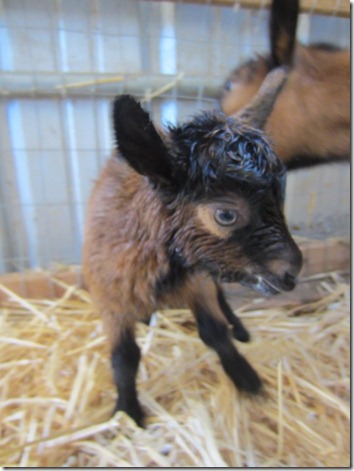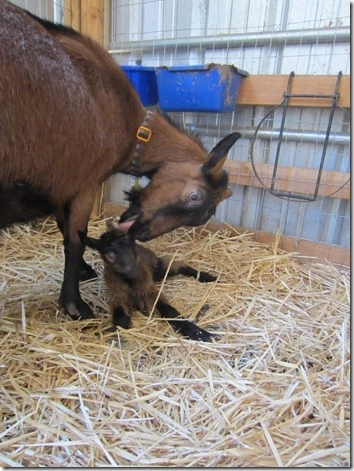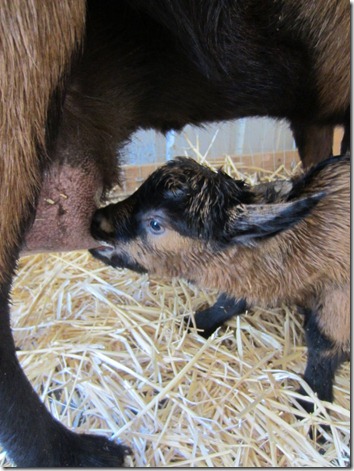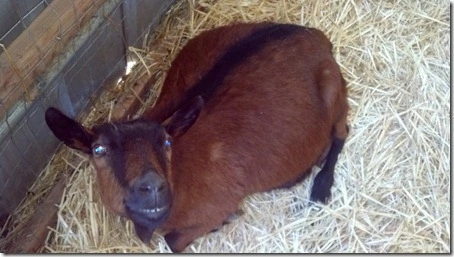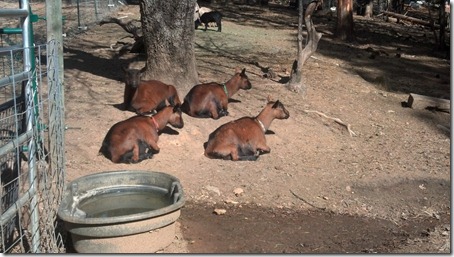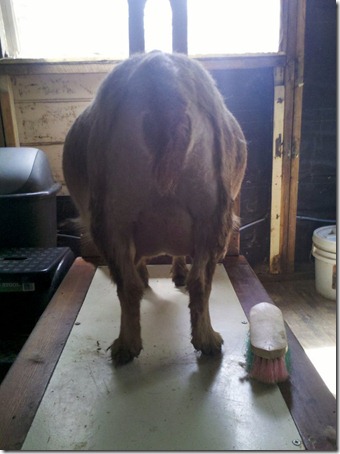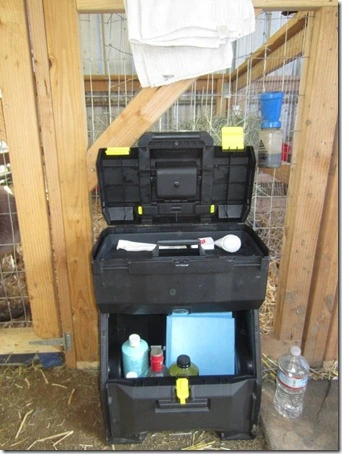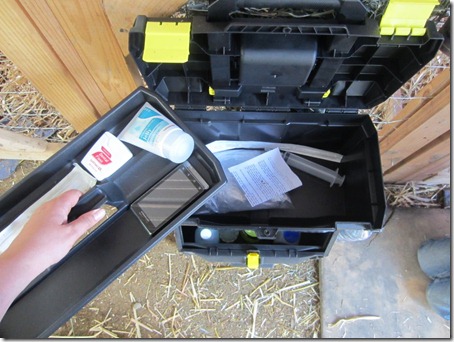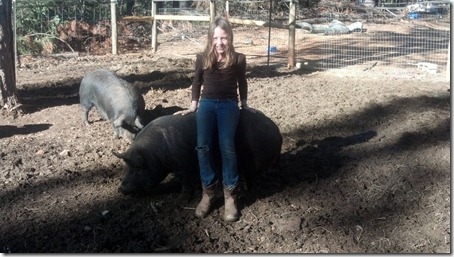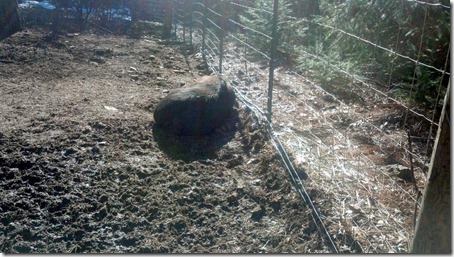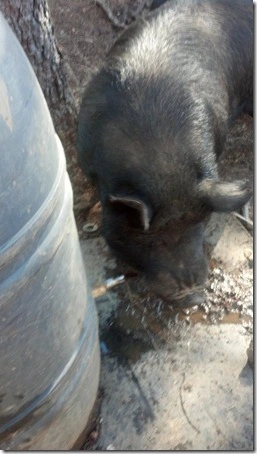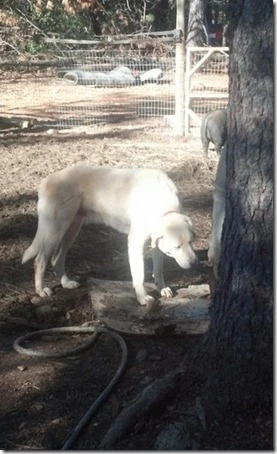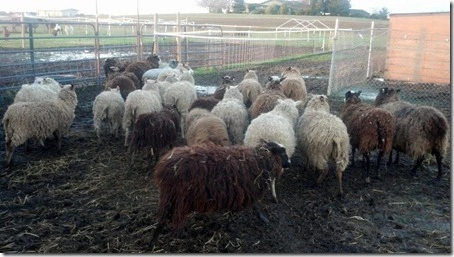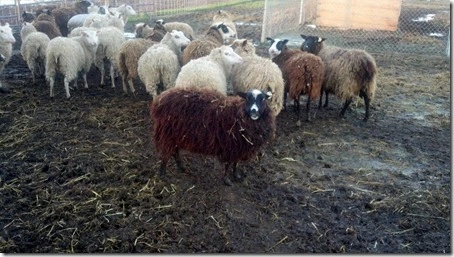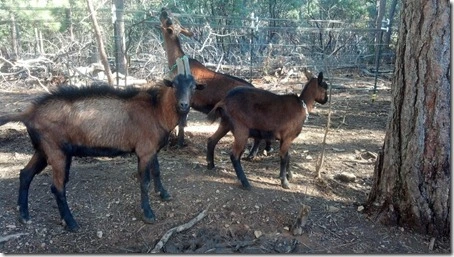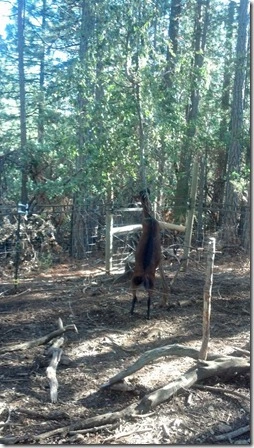Spring…usually the time for new babies, planting gardens, new pastures, building new structures and cleaning up after winter. This spring has been very different!
Injuries
My husband works as a firefighter in a major city in California. Last week he was working on a structure fire and cut his wrist on glass from a broken out window and lacerated a major tendon. It was repaired by a great doctor and now he is recovering. It takes 6-8 weeks for a tendon to heal. He will have to go through therapy to get everything working correctly again. This leaves me running the ranch! Most of the time he is gone for 2-4 days at a time and I have no problem keeping up with things. This time it is a bit different. Between regular maintenance, feeding schedules, milking, homeschooling, 4-H’ing, softball, cooking, cleaning….I am falling behind. Hopefully I will be able to get a plan in place and keep everything going until he is able again. Until then…don’t get mad if there are dishes in the sink and laundry isn’t done!
Babies
Our goats did not fair well this year with kidding. We had two does miscarry about 3 weeks before they were due and we lost a doeling at 6 weeks of age. I have cried a lot and racked my brain for what went wrong. We have had a 100% perfect kidding rate until this year. I finally came to the conclusion after a lot of research that the two does miscarried due to a selenium deficiency.
I am a firm believer that the hay that you purchase does not have the minerals and vitamins that it is “supposed” to have. Even though we are feeding barley fodder we still feed a good amount of hay. The young, sprouted barley does NOT contain a significant amount of selenium and therefore you have to supplement. Grass Hay like timothy or orchard grass is also low in selenium. Alfalfa can either be selenium rich or deficient depending on where it is grown. The Northwest is one area that is deficient and where we purchase our hay. All this added up to having selenium deficient animals during pregnancy. It has been a hard lesson learned.
So how to I fix this?
We have always provided our goats with free choice minerals from Bar Ale called Western Goat Minerals. So, evidently it is not enough for them. We have always used Bo-Se to supplement selenium before kidding and the two does I missed giving it to this year are the ones that miscarried. It is hard to say, but I am to blame. Now I know the importance of it and will be sure that they get it before kidding and before they are bred.
The good news is we had our Toggenburg give birth to a healthy buck and she is milking great! Our Nigerian, Olivia, was ultrasounded with a single but surprised us with triplets! We still have my Oberhasli does to kid in June and even though one miscarried I am hopeful on the other two.
Gardens
We planned on having a large garden this year and selling the extras at the farmer’s market. Unfortunately, our well had other ideas. Our storage tanks were not filling up as quickly as they used to and even after replacing the pump it didn’t change. Our water table has dropped and we need to deepen our well. So until we have a solution for deepening our well we will be frugal with what is pumping and possibly have water transported in.
We have learned so much from purchasing this place! I would highly recommend hiring a well company to come test your well and be sure you are there when they test. We recently found out that this was a known issue before we purchased the property and now we are paying for our mistake.
Building
Each year we try to build a new pasture or increase the size of the ones we have already built. Our plan was to build a large pasture for my Nigerian and Oberhasli bucks. They are currently in our old dog run next to the house. I don’t know if you have ever been around bucks before but they have a lovely way of perfuming themselves with a smell that ONLY lady goats would love. We wanted to move them far away from the house! With everything going on we had to put the project on hold.
Ranch and farm life isn’t always what you see in the magazines and on television. It has it’s ups and downs. We love it though and just keep on keeping on.
**I am not a vet or do I claim to know everything about goats and other animals. Please talk to your vet before you make any changes to your goat’s diet and supplements.”

